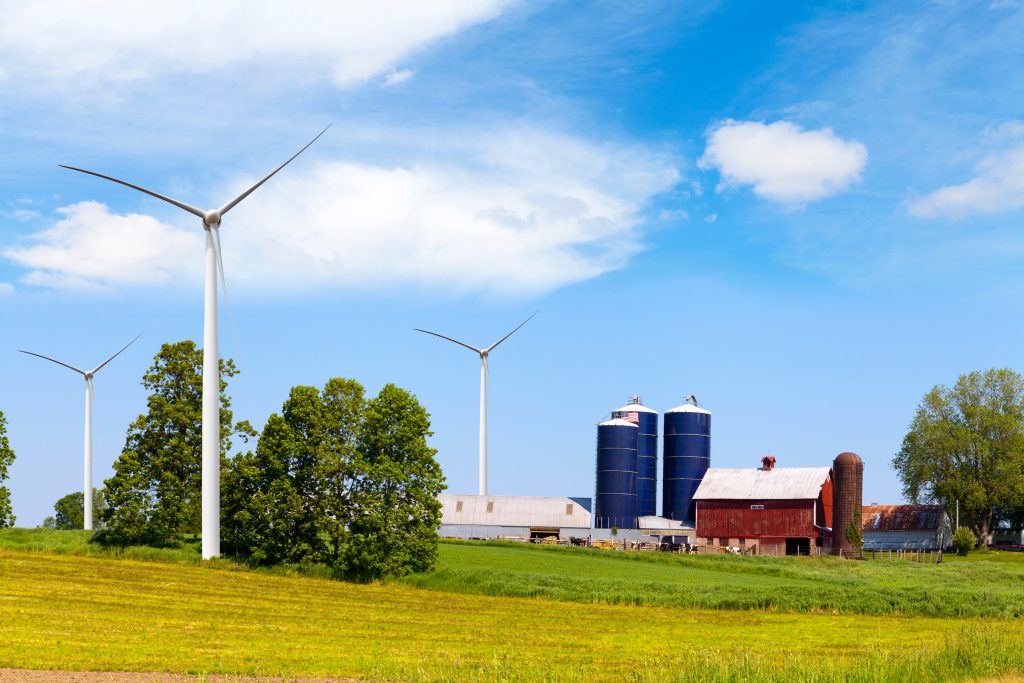Wisconsin can slash carbon emissions and transform our economy within a generation.
Our recently published Roadmap to Net Zero by 2050 paints a beautiful picture of Wisconsin’s future. It helps us understand what it really means to reach a point where Wisconsin puts no more carbon into the atmosphere than can be removed. We can see what it will look like to transition our energy supply, building heating and cooling systems, transportation, and manufacturing to drastically reduce emissions.
The great news is this future consists of more of the things we want, like good jobs and a growing economy, and less of the things we don’t, like avoidable healthcare costs and pollution-related deaths.
There are three things in particular that I love about this study.
- The modeling tells us that the cost is roughly the same to achieve our state’s current carbon-free electricity goal or to broaden the scope to net zero across the entire economy. In other words, we can get a lot more bang for our buck by expanding our ambition beyond electricity generation. We should be thinking bigger.
- There are many models out there depicting how to get to net zero by midcentury, but this is unique in that it’s specific to Wisconsin. It takes into account our energy infrastructure, policies, and energy demands and develops realistic scenarios tailored to Wisconsin’s unique circumstances.
- It provides us with a clear roadmap so we can lay out the necessary next steps to ensure our pace and ambition is on course to achieve our clean energy vision for 2050.
We need to clean up our energy supply and shift as many energy demands (such as heating and transportation) as possible to electricity. Clean Wisconsin has long worked to transition our energy supply from dirty coal and gas to renewable sources like solar and wind. This analysis gives us some helpful guideposts to understand just how much renewable energy we’re talking about: 31 gigawatts (GW) of solar and 21 GW of wind by 2050 to achieve net zero in Wisconsin. This is the equivalent of building nearly 100 projects like the utility-scale Koshkonong Solar Energy Center which we helped get approved earlier this year, or about 3-4 per year until 2050. And it’s the equivalent of building about 35 projects like the proposed 600-megawatt Uplands Wind farm, or just over one such project every year. That’s ambitious to be sure—we’re not currently building solar and wind projects at that pace—but it is achievable.
Funds from the Inflation Reduction Act (which was passed after the Wisconsin’s Roadmap to Net Zero was complete and therefore not incorporated into its findings) will help spark the adoption of electric cars, efficient heat pumps, solar energy, and more technology that needs to go mainstream to get to net zero.
In addition to federal incentives and individual action, supportive state-level policies like increasing funding for Wisconsin’s energy efficiency program, Focus on Energy, and clarifying that third-party solar financing is legal would make the clean energy vision articulated by the study much easier to achieve. We also need to have a realistic conversation about the host of strategies we need to implement in tandem, not in lieu of one another. The study corroborates Clean Wisconsin’s thesis that we need deep cuts in energy use through efficiency and better access and uptake of distributed energy like rooftop solar, as well as many more large-scale solar and wind projects and the transmission to connect high energy resource areas with high population centers. The “either/or” approach won’t work; we need it all. An important place for that to start is by building all the viable, responsible renewable energy projects on the table now. Fortunately, costs are coming down and we have a climate champion in the Governor’s office. Currently the biggest barriers to scaling up clean energy aren’t technological; it comes down to political and individual will. This modeling shows us that net zero by 2050 in Wisconsin is within reach, but we need to pick up the pace of action.
We know our destination. Now we have a map. All that’s left is to walk the path. Or better yet, run.

